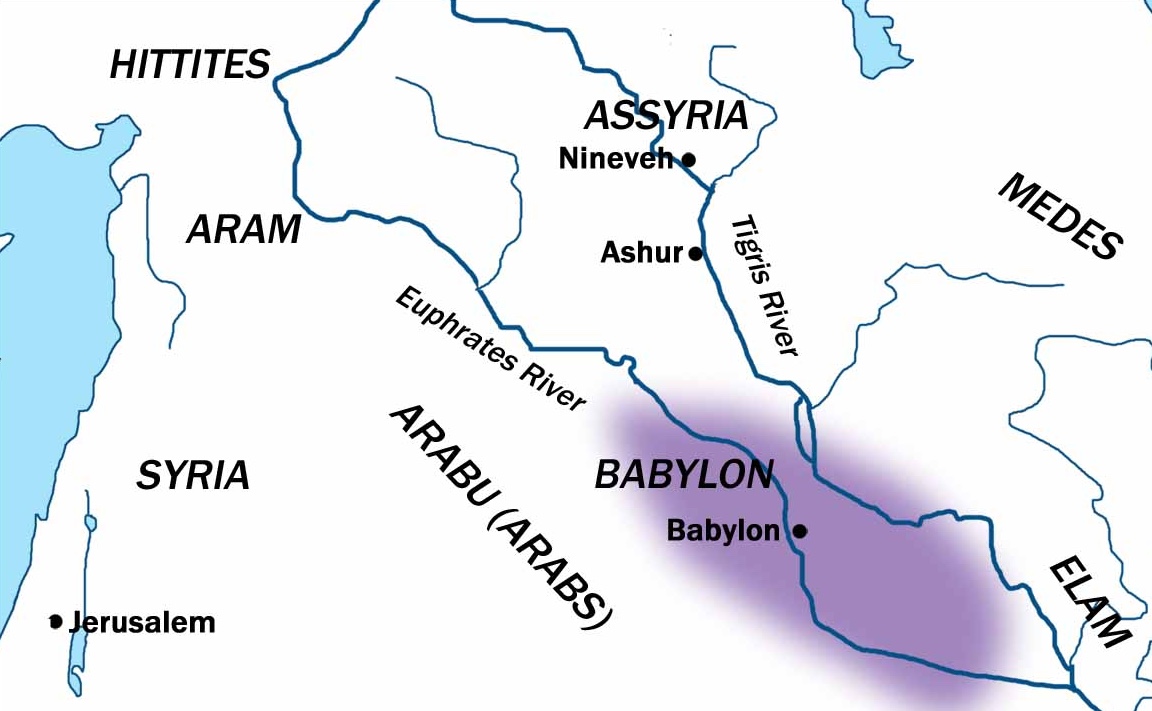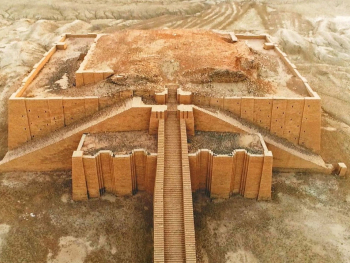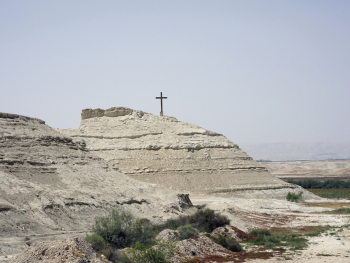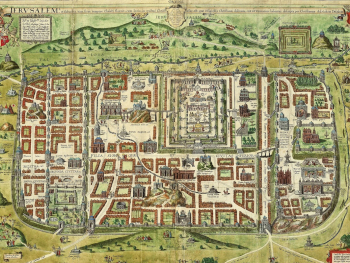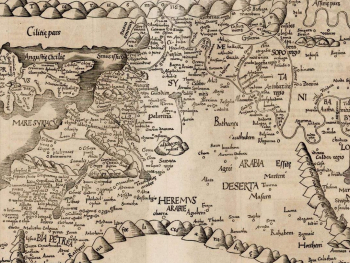The Babylonian exile, a pivotal event in the history of ancient Israel, marked a period of displacement and spiritual renewal for the Jewish people. Following the conquest of Jerusalem by the Babylonians in the 6th century BCE, thousands of Israelites were deported to Babylon, where they lived in exile for several decades. The story of the exile, as recounted in the biblical books of Jeremiah, Daniel, and Ezekiel, is not only a testament to the resilience of the Jewish people but also a crucial chapter in understanding the formation of Jewish identity and faith. By examining maps of the ancient Near East, we can gain valuable insights into the geographical context of the exile and its impact on the Jewish diaspora.
- The Route of the Exile: Mapping out the route taken by the exiled Israelites from Jerusalem to Babylon provides a visual representation of their journey and the distances involved. According to historical accounts, the journey would have taken the exiles through the arid landscapes of Mesopotamia, following established trade routes and river valleys. Understanding the geographical terrain traversed by the exiles helps us appreciate the challenges they faced and the physical distance that separated them from their homeland.
- The City of Babylon: At the heart of the exile experience lies the city of Babylon, the capital of the Babylonian Empire and a center of political and cultural power in the ancient Near East. Mapping out the city of Babylon and its environs allows us to explore its layout, architectural features, and significance in the biblical narrative. From the grandeur of the Ishtar Gate to the imposing ziggurat of Etemenanki, Babylon was a symbol of both splendor and oppression for the exiled Israelites.
- Exilic Communities: The Babylonian exile led to the dispersion of the Jewish people throughout the Babylonian Empire and beyond, giving rise to exilic communities in various regions. Mapping out these communities, from Babylon to Egypt to Persia, reveals the extent of the Jewish diaspora and the diversity of cultural and religious influences they encountered. Despite being far from their homeland, these exilic communities maintained their identity through religious practices, communal gatherings, and the preservation of sacred texts.
- Return to Jerusalem: The end of the Babylonian exile, marked by the decree of King Cyrus of Persia allowing the Jews to return to Jerusalem, heralded a new chapter in Jewish history. Mapping out the return journey from Babylon to Jerusalem highlights the anticipation and challenges faced by the returning exiles as they rebuilt their lives and their sacred temple. The geographical landscape of Jerusalem, with its hills and valleys, served as a physical and spiritual backdrop for the restoration of Jewish identity and faith.
Mapping the Babylonian exile offers a unique perspective on this transformative period in Jewish history. By visualizing the routes taken by the exiles, the cities they inhabited, and the communities they formed, we can gain a deeper understanding of the geographical context of the exile and its enduring impact on Jewish identity and faith. Through maps, we can trace the footsteps of the exiled Israelites from Babylon to Jerusalem, illuminating their journey of displacement, resilience, and spiritual renewal.
